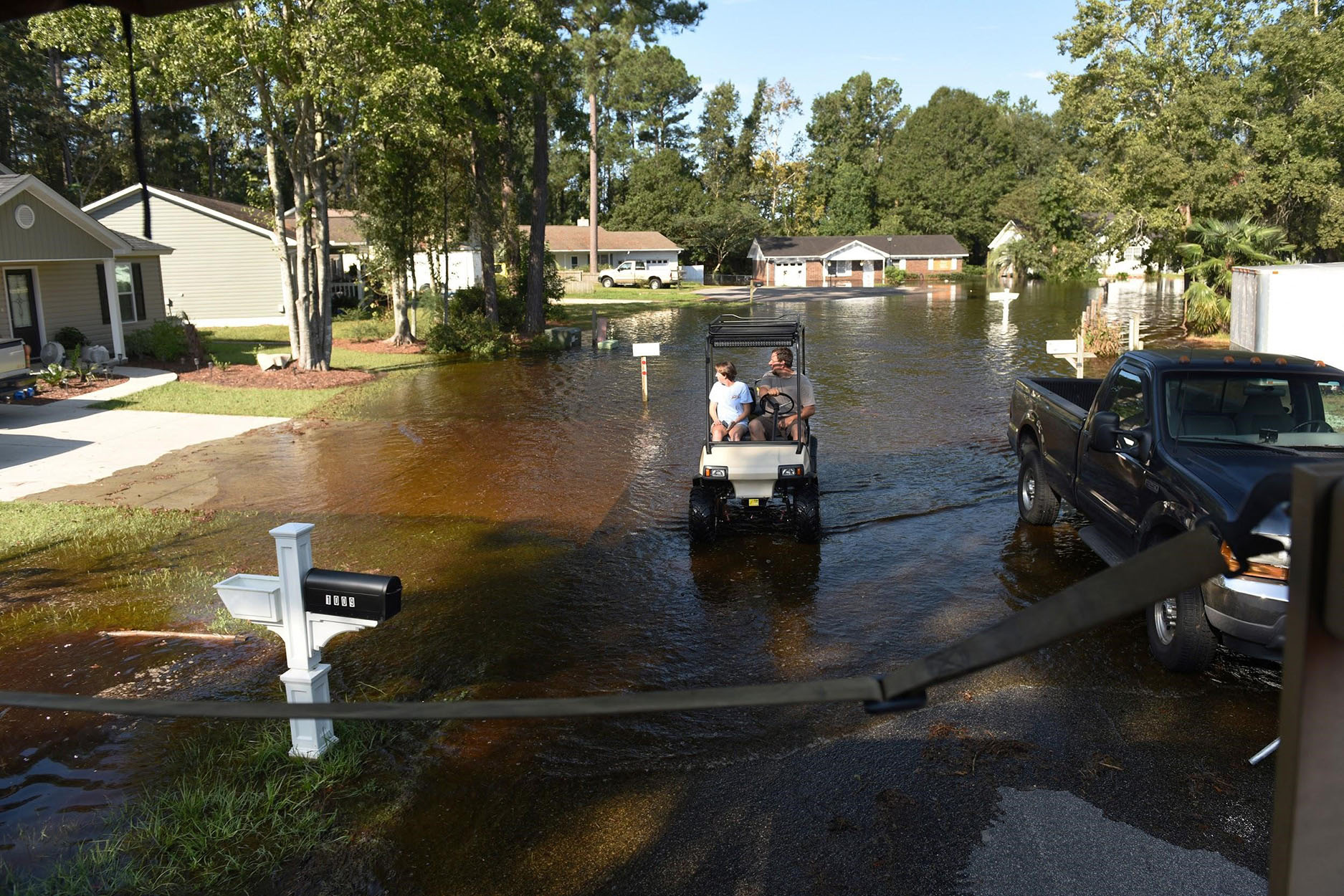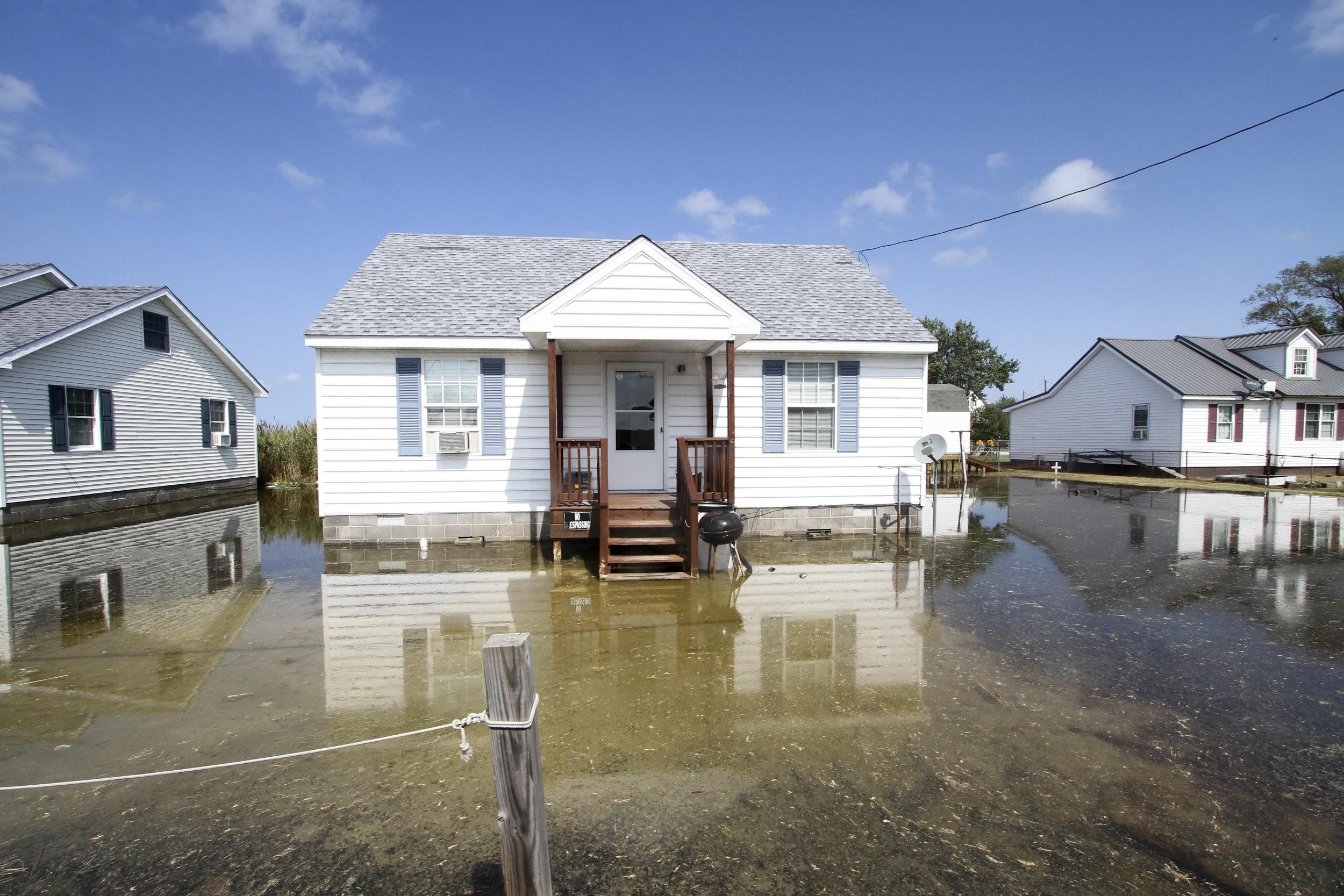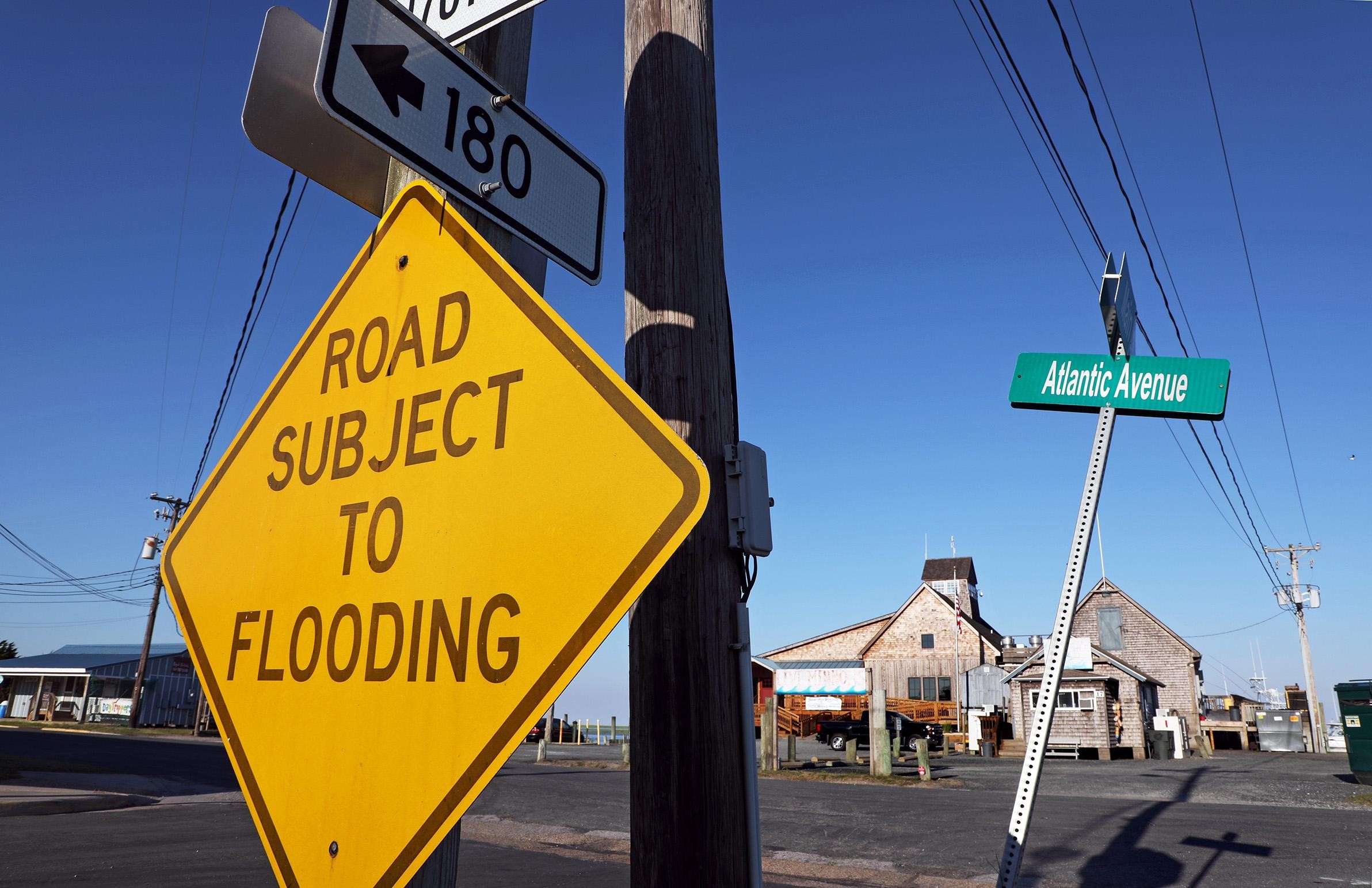
 Department of Conservation and Recreation
Department of Conservation and Recreation
Conserve. Protect. Enjoy.
 Department of Conservation and Recreation
Department of Conservation and Recreation
By Guest AuthorPosted May 13, 2021
 Even a few inches of water can cause significant damage to your home. Take precautions in advance to help keep water out during storms.
Even a few inches of water can cause significant damage to your home. Take precautions in advance to help keep water out during storms.
In the United States, floods are the most common type of natural disaster, and they often cause extensive damage to homes. In Virginia, floods pose a risk to residents throughout the state, even if you live outside a mapped floodplain or traditional high-risk zone. Common threats include storm surges, riverine and tidal flooding, and even snowmelt. Hurricane season extends from the beginning of June until the end of November — and the storms don’t just strike the state’s coastline. Inland communities can also be devastated by the heavy rainfall. Some of Virginia’s most destructive floods have occurred in the interior portion of the state. For example, Hurricane Michael in 2018 brought major floods to cities such as Roanoke and Danville and killed five people.
Even minor flooding can cause excessive and costly damage to homes, businesses and other personal property. According to the National Flood Insurance Program (NFIP), just 1 inch of floodwater can result in more than $25,000 of home damage. Fortunately, there are many ways for homeowners to protect their residences, from do-it-yourself home improvement projects to landscaping improvements.
Before Taking on Projects to Protect Your Home
Understand your risk. To understand your property’s flood risk, use tools like the Virginia Flood Risk Information System (VFRIS), to determine whether your property is located in a Special Flood Hazard Area (SFHA). Keep in mind that flooding can still occur outside of mapped flood zones. See FEMA’s website for more information. If you live in coastal Virginia, know if your property is located in a Hurricane Evacuation Zone. View this map on the Virginia Department of Emergency Management’s website.
Buy flood insurance. Most homeowners insurance does not cover flood damage, so it is important that you purchase flood insurance to protect the investment you’ve made in your home. Disaster aid provided by FEMA is only available after federally declared disasters and provides homeowners with significantly less funding than is available through flood insurance. NFIP flood insurance is available in all parts of all communities that participate in the NFIP, regardless of the flood zone or age of the structure. The NFIP offers building and contents coverage, which are purchased separately. Property owners outside of the SFHA may be eligible for lower-cost Preferred Risk Policies. Additionally, insurance discounts are available in the Community Rating System (CRS)-participating communities. Learn about NFIP flood insurance on the NFIP’s website. Private flood insurance may also be available in some areas.
Contact your local floodplain administrator. Before you take on any projects in the Special Flood Hazard Area, reach out to your local floodplain administrator to get a permit and ensure that the project complies with the local floodplain ordinance. You can find contact information for your community’s floodplain administrator in the Local Floodplain Management Directory on the Virginia Department of Conservation and Recreation’s website. In addition to contact information, the directory includes NFIP and CRS participation information for each community in Virginia.
Tips to Reduce the Impact of Flooding to Your Home
Clean your gutters. Maintain water drainage around your property by ensuring gutters and downspouts are clear of debris so that rainwater drains efficiently from your roof. You’d be surprised what a big difference this can make. Rain barrels strategically placed beneath downspouts can also help to collect runoff from roofs.
Identify trouble spots around your home. Look for places where water pools or collects. During heavy rains, see if there are areas where drainage is an issue. Consider altering your yard’s existing grading to ensure that the ground slopes away from the foundation and carries water away from your home. Digging trenches or installing drains can help facilitate runoff and direct water away from your home and other buildings.
 Whether inside or outside of your home, keep appliances and utilities off the ground to protect them from flooding.
Whether inside or outside of your home, keep appliances and utilities off the ground to protect them from flooding.
Plan your landscape. Evaluate the existing landscaping around your home, and try to reduce any impervious surfaces. Planting vegetation or building a rain garden can help absorb stormwater runoff. Additionally, replacing impervious surfaces like concrete or asphalt with porous substances like gravel or brick can help excess water seep into the ground instead of flowing toward your home.
Keep essential equipment off the ground. Be sure to elevate utilities, appliances and other essential household equipment such as heat pumps, central air conditioning units and fuel tanks. If possible, consider locating utilities in the attic or on higher floors inside the home. When on the lowest floor or located outside, elevate major household equipment on platforms positioned at least 1 foot above the base flood elevation. These elevated utilities should also be anchored to prevent flotation, collapse or lateral movement. Similarly, position outlets, switches, electrical wiring and electric service panels like fuse boxes at least 1 foot above potential flood elevation levels. Elevating and anchoring equipment can help limit water damage and prevent extended disruptions in service. See FEMA’s publication for more information on protecting utilities.
Store important documents safely. Inside your home, consider placing valuable documents like birth certificates and other records in a watertight container, such as a waterproof safe. Have these ready as part of an emergency supply kit, which you can quickly grab and take with you in case of an emergency. The basement isn’t a good spot to store anything that could be damaged by water, such as pictures, books or electronic equipment. If you have no other option, store these items in cabinets or somewhere else above the ground.
Seal cracks in the foundation. Ensure any fissures in basement walls or the foundation of your home are completely sealed with reliable household waterproofing substances like mortar, masonry caulk or hydraulic cement. This may help to reduce water infiltration during minor flood events.
Consider installing flood vents. Flood vents allow floodwater to flow through an enclosure below a home, thereby helping to prevent water pressure from building up and damaging the foundation or walls. See FEMA’s technical bulletin for more information.
Install a sump pump. This will direct groundwater away from your home and prevent basement flooding. Storms often lead to the loss of electricity, so be sure that you have a battery backup that will keep your sump pump operating if you lose power in your home.
 Anywhere it rains, it can flood. Even if you haven’t been flooded before, take the necessary steps to be prepared.
Anywhere it rains, it can flood. Even if you haven’t been flooded before, take the necessary steps to be prepared.
Use flood damage-resistant flooring. In flood-prone areas like basements, forget about wooden floors or carpeting and instead use flood damage-resistant materials like ceramic tile, vinyl or rubber surfaces. Similarly, water-resistant materials like concrete, pressure-treated wood and cement board can also be used for the construction of walls and ceiling.
Use a flood alert system. Consider purchasing some type of flood alert system for your home. There are a variety of water sensors and warning devices available to consumers, and even the most basic system can provide you with an early warning in the event of an emergency — and offer a little peace of mind. Even if you have a home flood alert system, consider signing up for emergency alerts through your local emergency management department, if available, National Weather Service, U.S. Geological Survey or others. In the event of a mandatory or recommended evacuation, always evacuate your home promptly and head for higher ground.
Categories
Dam Safety and Floodplains
Tags
flood control

